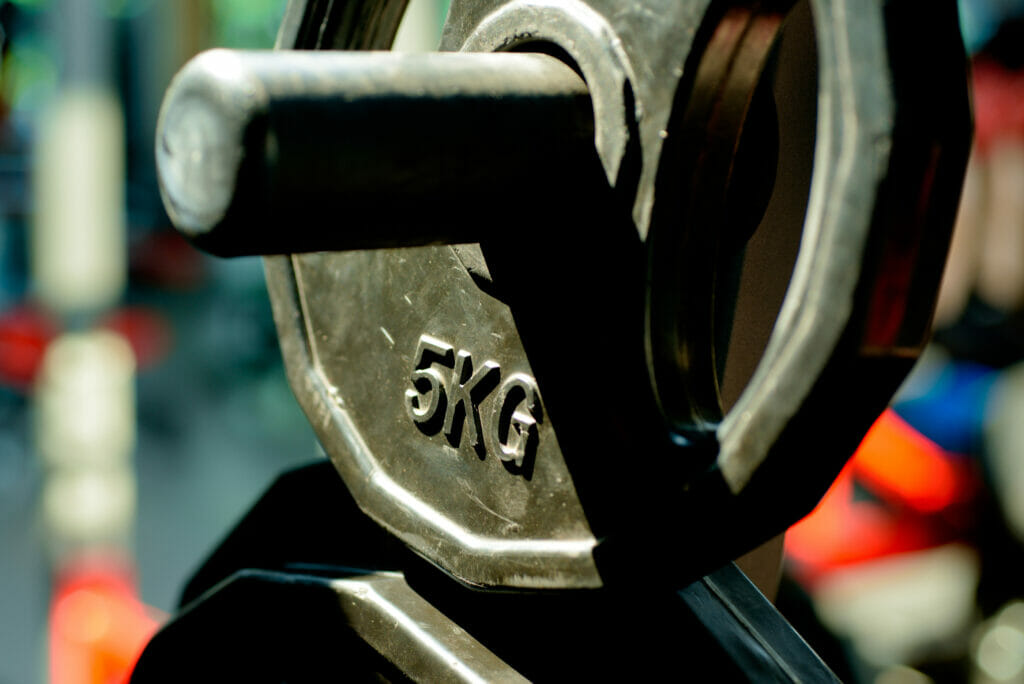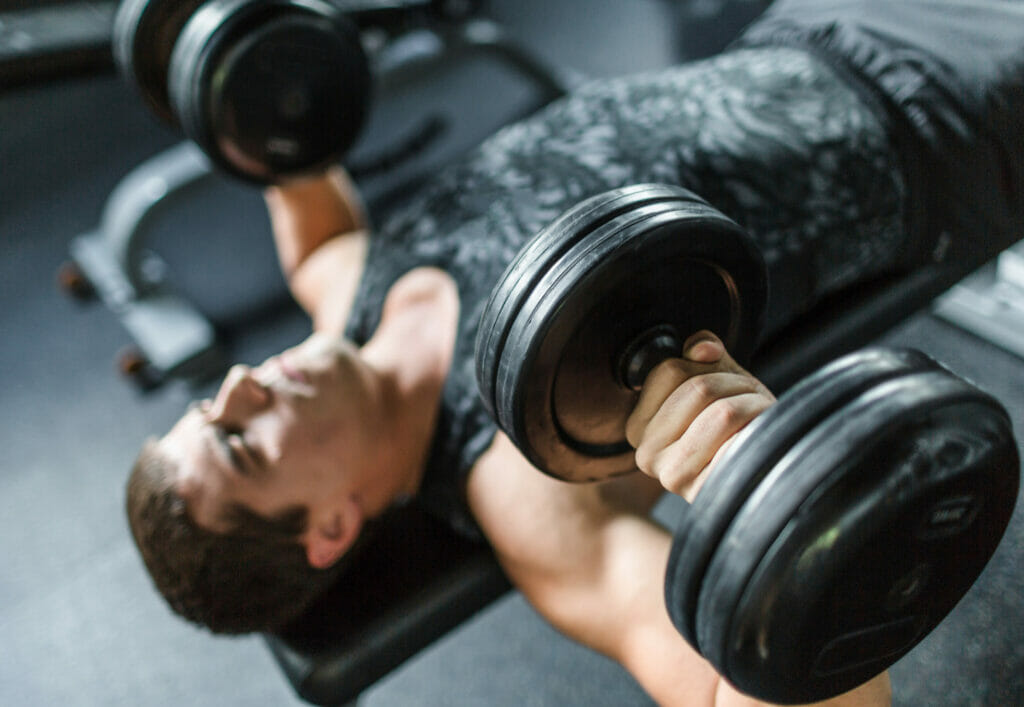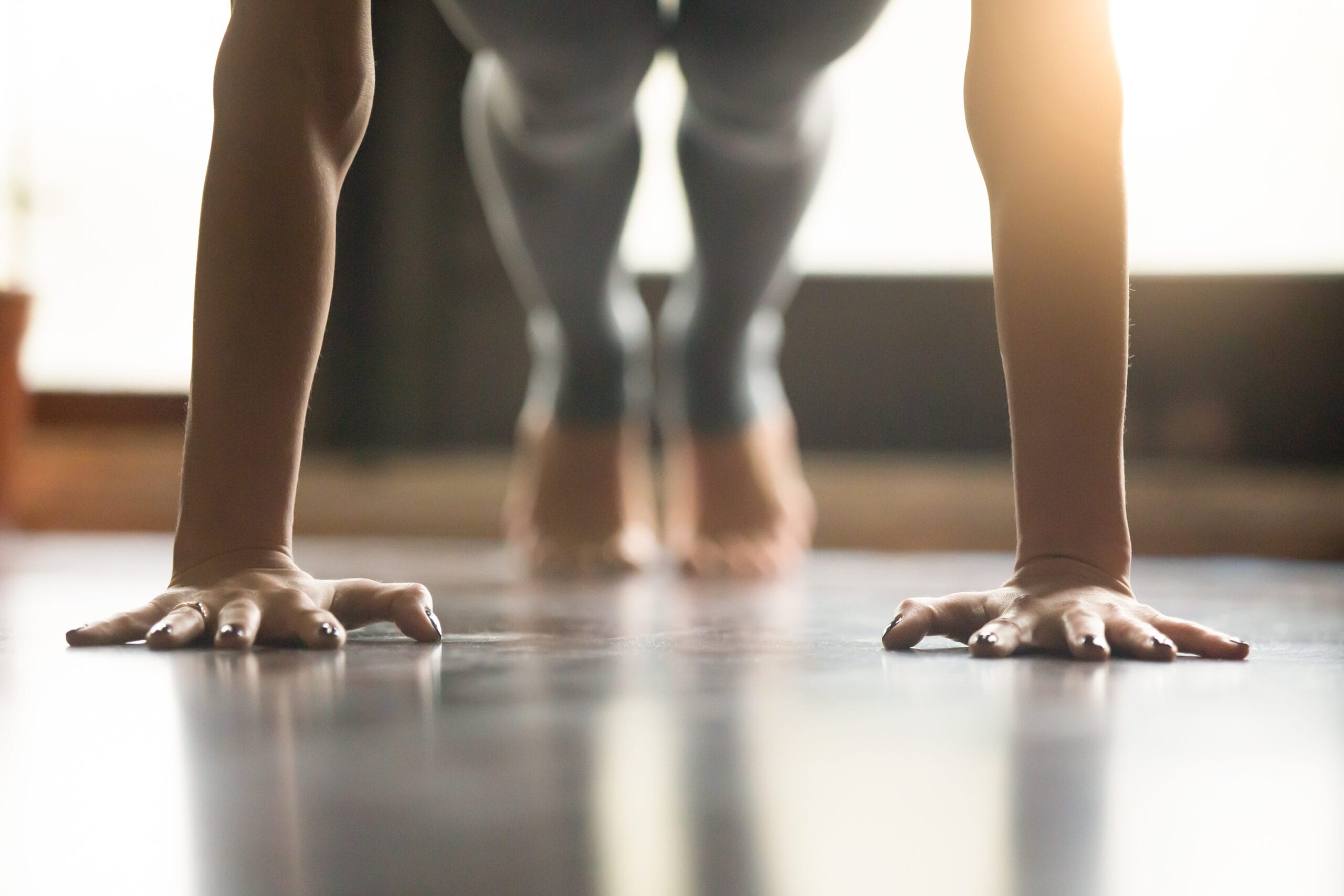
Ah, the dreaded incline bench press.
Few exercises are as popular or are the cause of as much pain as this staple pec building move.
If you’ve ever spent much time working on your incline bench, odds are you’ve experienced some momentary shoulder discomfort during this exercise.
Most of us do, but since the pain usually goes away the second we stop doing this exercise, we forget about it until it happens again next week.
Well, as a physical therapist, I can tell you experiencing pain while incline pressing is neither normal or something that’ll likely go away on its own.
This pain you’re feeling is usually the result of what we call “impingement” and even though this shoulder dysfunction is incredibly common, with time it can lead to more serious conditions.
Like rotator cuff tears.
But luckily, there are some easy things you can do to help relieve your shoulder pain – and no, you don’t have to necessarily stop incline benching altogether.
Let’s start with a quick explanation of what is probably causing your pain in the first place; then we’ll discuss how to fix the problem.
Why Does My Shoulder Hurt When I Do Incline Bench Press?

Incline bench is a popular variation because most agree it targets the upper fibers of the pectoralis major, the big muscle in our chest people are talking about when they say “pecs”.
Well, even though the pec major is technically a single muscle and one could argue that the entire muscle contracts together regardless of the bench angle, it certainly has different muscle fibers originating in different parts of our sternum and collar bone.
Which means it would make sense that varying the angle of your bench could theoretically target some fibers more so than others.
I don’t have the energy to research for studies validating or discrediting this claim, so for the sake of this article, we’ll assume this belief is true.
Besides, whether it targets the upper pecs more or not, it certainly works the pecs in general…
Well, it turns out this exercise also works your deltoids, the large muscle in your shoulder, too.
Anyway, if you’re feeling pain while doing this exercise, odds are it’s because of a condition collectedly known as “impingement” (or subacromial impingement syndrome, SAIS, to be more exact).
This basically means that something in your shoulder region is getting pinched or irritated with movement.
There’s a small area in your shoulder joint known as the subacromial space, which is between the head of your humerus and your acromion (part of your shoulder blade).
There’s a lot of stuff in this small space, including one of your biceps tendons, a bursa, and the tendons of a couple of your rotator cuff muscles.
This means there’s a lot of important stuff in a small area and if your shoulder blade and ball and socket joint of your shoulder aren’t working perfectly together, something’s gonna get pinched.
This “something” is usually your biceps or supraspinatus (rotator cuff muscle) tendon.
Well, the angle your shoulder is in while performing incline bench makes it really easy for these tendons to get pinched, especially if you have less than optimal posture.
Long-story-short, most of us have rounded and elevated shoulders from tight pecs and upper trap muscles, which makes the small to begin with subacromial space even smaller.
And it’s the irritation of your rotator cuff/biceps tendon as it moves through the compressed subacromial space that you’re probably feeling as you perform incline bench.
You might also feel clicking, snapping, or crunching… it’s probably the same thing.
Most of us probably feel this discomfort in the side of our dominant hand, but that rule isn’t written in stone.
You could also feel pain in both shoulders too.
If your pain is mild and only occurring during this particular exercise, you’re lucky because we’ve probably caught it fairly early on.
If you’re having aching pain that lingers for hours at a time or that makes it hard to sleep at night, you’re probably dealing with a more severe case.
It’s generally believed (and I agree with this theory) that impingement over time can lead to rotator cuff tears.
The poor posture that usually causes impingement can also lead to arthritis of the different shoulder joints, although there’s some debate regarding which comes first (the arthritis or the impingement).
As a therapist, it doesn’t really matter to me, because I’m going to treat both issues more or less the same.
It’s all about improving posture and increasing the space these tendons have to move in.
How To Decrease Shoulder Pain During Incline Bench
Before we go any farther, I want to mention that if you’re having severe pain that’s getting worse, please see a doctor.
They might refer you to physical therapy, give you anti-inflammatories, or order imaging to see what exactly’s going on.
But don’t continue to push through in some hope that it’ll just go away on its own because it probably won’t.
And when it comes to shoulder impingement, the whole “no pain, no gain” thing doesn’t work – the pain you feel is your body telling you something isn’t working right.
So continuing to exercise through the pain will probably just make it worse.
Anyway, back to a few simple stretches and exercise we can do to combat impingement.
Since it’s usually a postural thing causing this problem in the first place, we have to improve the way our shoulder blade is positioned to help reduce this pain.
Pec Stretch
Stretching out your chest muscles is a great place to start because this can help improve the rounded shoulder posture so much of us deal with.
The key is finding a way to stretch your pecs without causing any shoulder pain.
I like the door stretch because you can adjust the angle to your comfort level; you can also stretch both sides at the same time or one at a time.
You can also try with elbows bent or straight for different variations.
Upper Trap/Scalene Stretch
The pecs pull your shoulder blade forward, rounding the shoulder, but the upper trap elevates the shoulder blade when it’s tight (and we’re all tight here).
Stretching your upper traps can also help keep your shoulder blade down and back where it belongs.
When doing this stretch, make sure and try to keep your shoulder blade depressed as you stretch your neck.
It’s also a good idea to incorporate gentle neck rotations while doing this stretch to target your levator scapulae and scalene muscles.
Posterior Shoulder Stretch
A lot of us are tight in the posterior shoulder region and stretching this area is another good way to help maintain proper movement between our shoulder blade and arm.
Stretching this area helps stretch out your rotator cuff muscles as well as your posterior delt.
I like to do this stretch right before performing any chest or shoulder exercise.
I forgot to mention this earlier, but I like to do 3-4 sets of 20 second holds for all of these stretches.
Rows
The above stretches can be helpful, but there are also a few good strengthening exercise we can use to combat impingement.
Stretching tight muscles helps put our shoulder blade in a better position, but strengthening weak muscles helps keep ’em where they belong.
Neutral grip rows are a staple for any therapy program treating impingement because this move strengthens the rhomboids, which help keep the shoulder blades retracted.
With this exercise, I’d keep the weight moderate and focus on squeezing the shoulder blades together in the back (and down as well).
I like 3 x 10-15 when working therapeutically.
Rotator Cuff Strengthening (External Rotation)
Our rotator cuff technically consists of 4 different muscles, but there’s no need to go into the anatomy of it right now.
More importantly, you just have to know that the rotator cuff helps stabilize our shoulder joint, helping it move appropriately with our shoulder blade.
Most of us are really strong when it comes to shoulder internal rotation (arm wrestling movement), but our external rotation could use some work.
Doing a few sets of resisted (low weight) shoulder external rotation is a great way to warm up your shoulders before benching.
You can use resistance bands or a functional trainer, just make sure to keep those elbows in by your side.
A Few More Tips
So, the above exercises are a great start to treating most mild shoulder impingements, which are likely what’s causing the pain you’re feeling while incline benching.
Here are a few more tips to help manage that pain:
- Warm up effectively before incline benching
- Start with light weight and gradually increase
- Squeeze shoulder blades down and together as you bring the bar toward your chest
- Keep the angle of the bench to 30° or less
- Try a wider grip
- Ice afterwards as needed
Shoulder impingement is a very common condition that most of us will probably have to deal with at one time or another.
Especially as we get older.
I’m currently dealing with some mild impingement in my right shoulder and I have to be really careful when doing any type of incline bench.
I always stretch and warm up for several minutes beforehand and start with low weight and high reps before gradually upping the weight.
I didn’t mention it earlier, but a foam roller is a great idea too.
I roll out my thoracic spine and posterior shoulders almost daily and it works miracles for relieving back and posterior shoulder tightness.
You can also stretch your pecs with a foam roller by lying on top and opening your arms – very relaxing.
Well, I hope you found this helpful.
If you have any questions or comments, please leave ’em below and I’ll get right back to ya.
And if you got nothing else out of this article, please don’t try to push through your shoulder pain – it’ll only make things worse in the long run.


